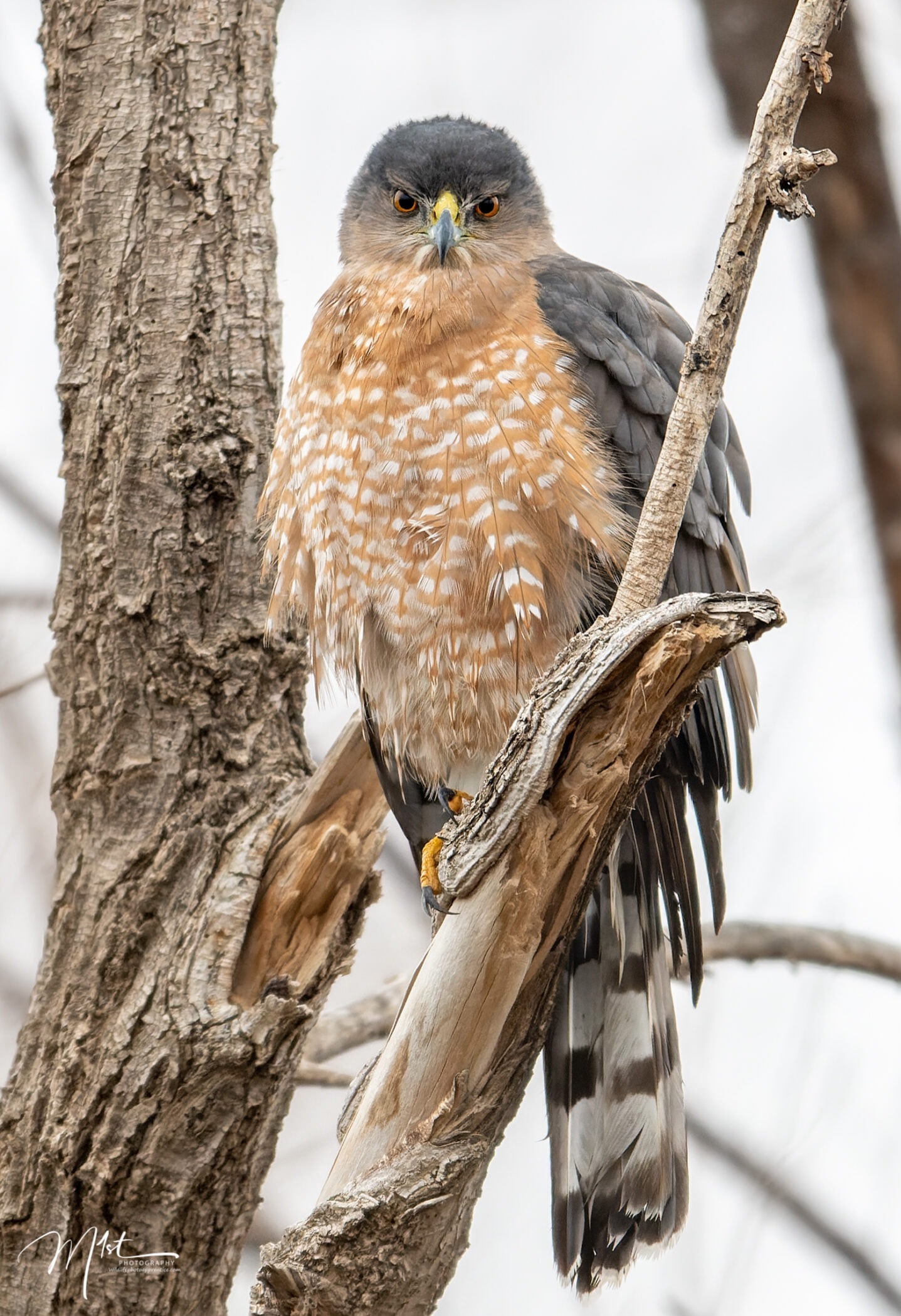Nature never ceases to amaze us with its vast array of creatures, each occupying a unique niche in the ecosystem. Observing and understanding animals in their natural habitat can be an enriching and educational experience. As a wildlife photographer one skill that can greatly enhance your wildlife encounters and thus photographic opportunities, is animal tracking. Tracking allows us to follow in the footsteps of our wild neighbors, deciphering their movements, and behaviors, and even gaining insight into their survival strategies. In this post, we will explore the art of animal tracking so you can use these skills to improve your wildlife photography.










